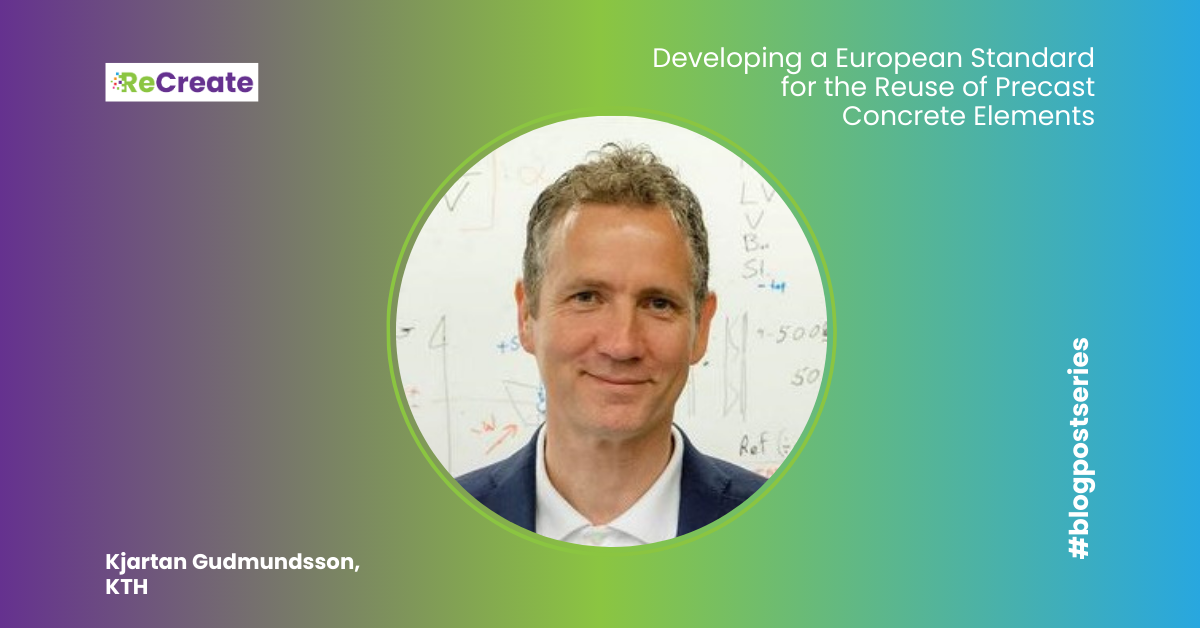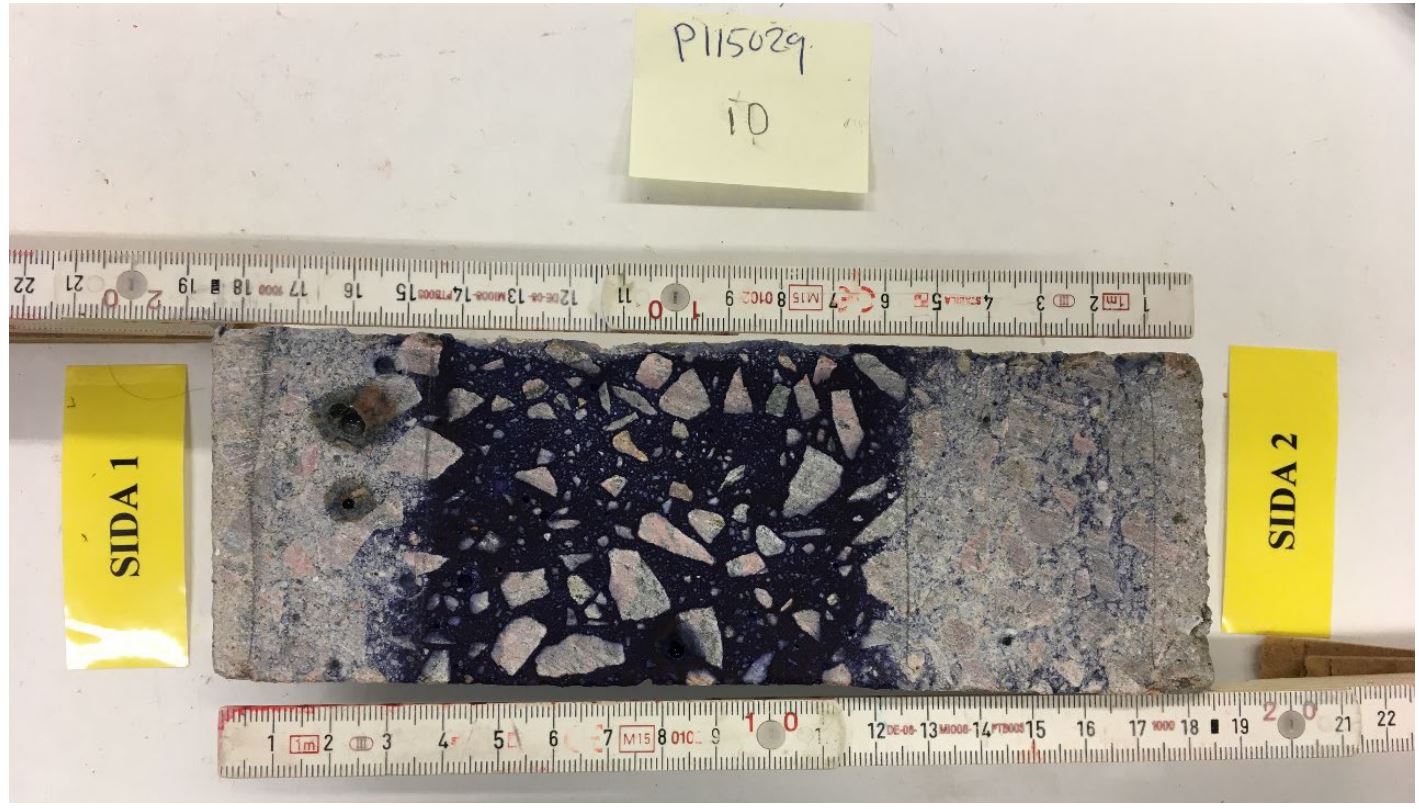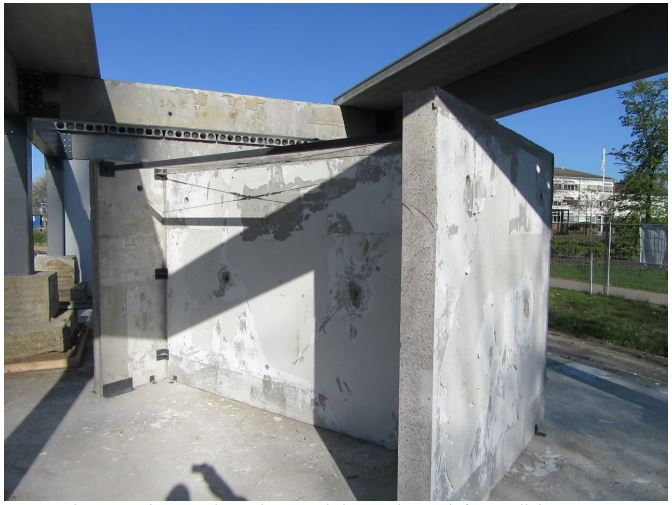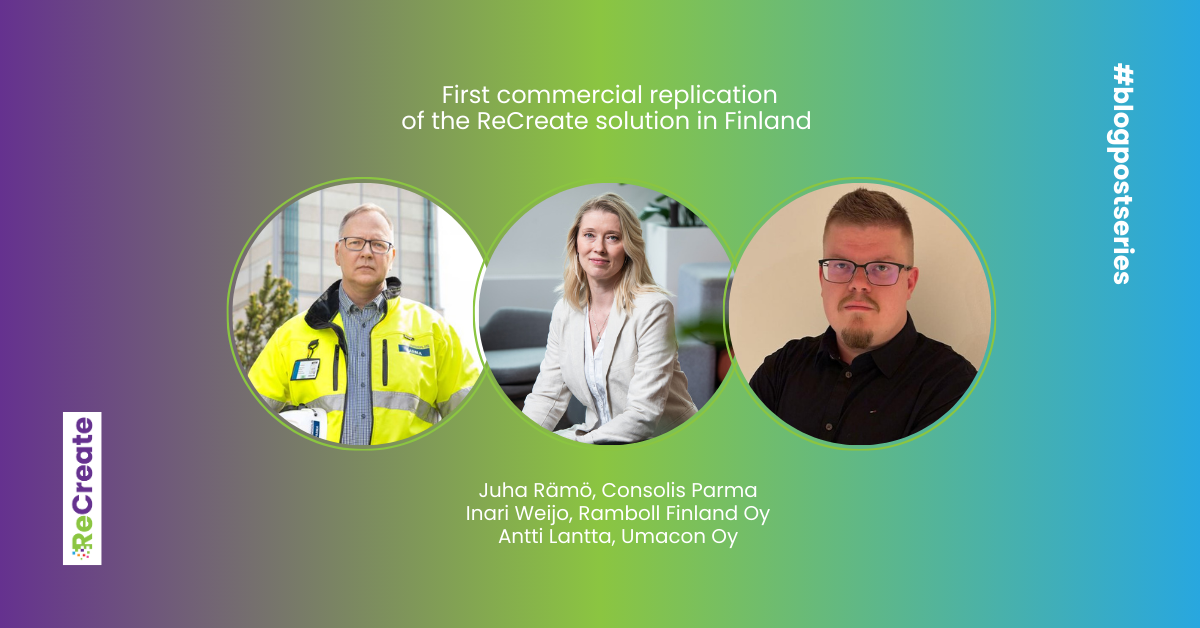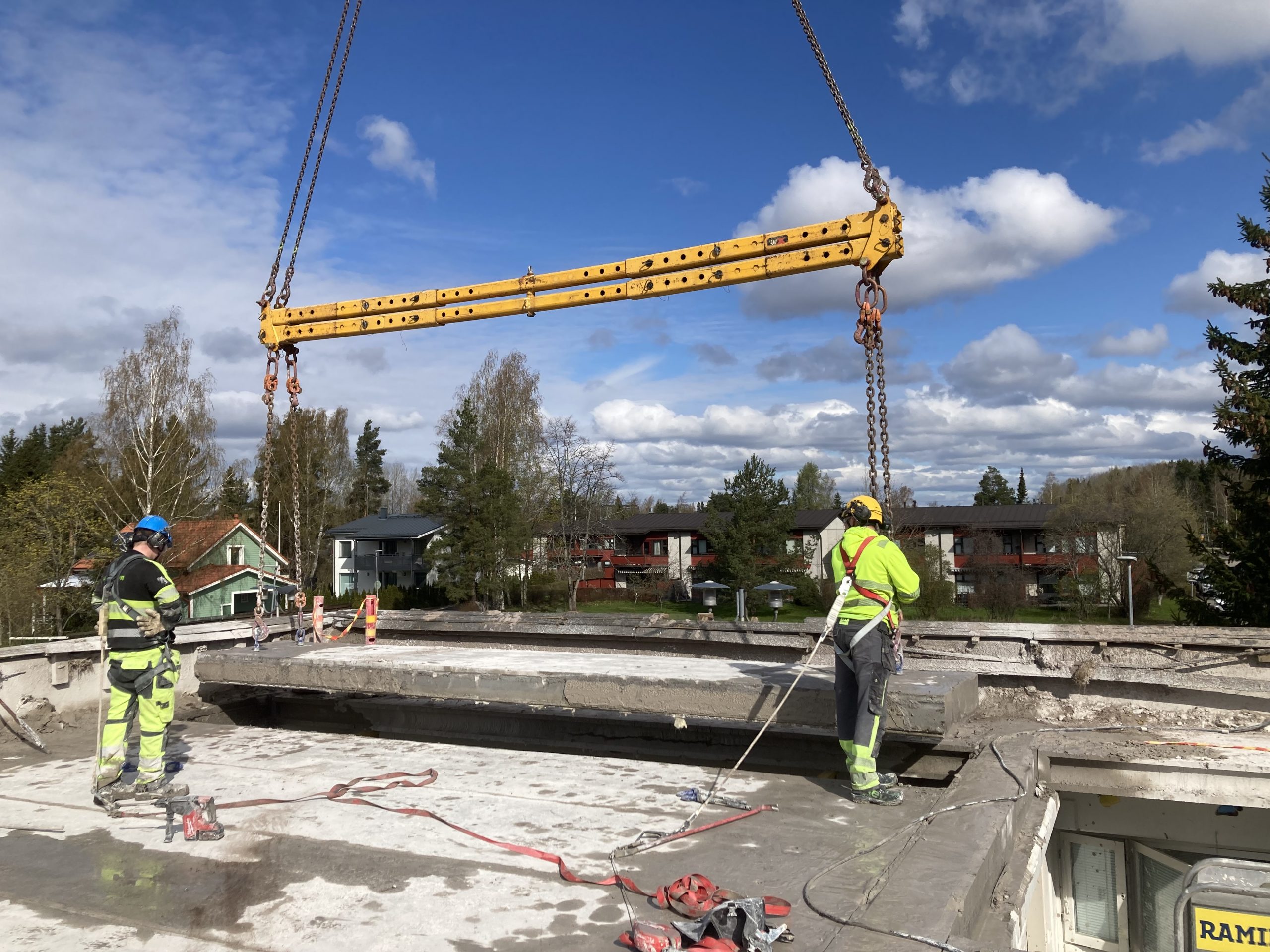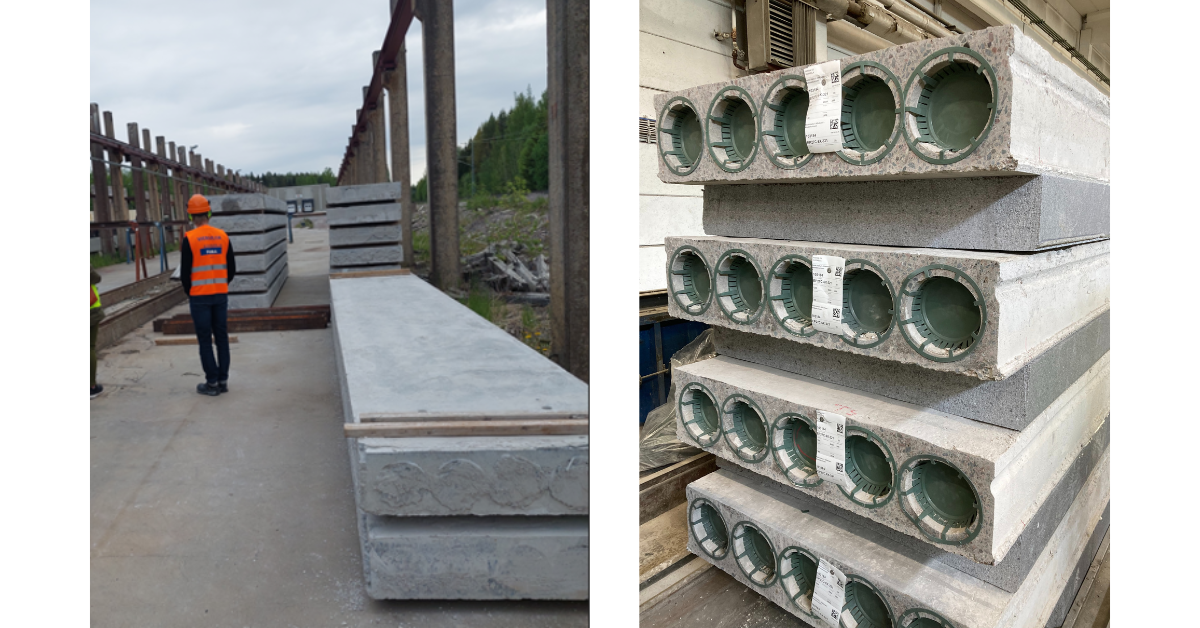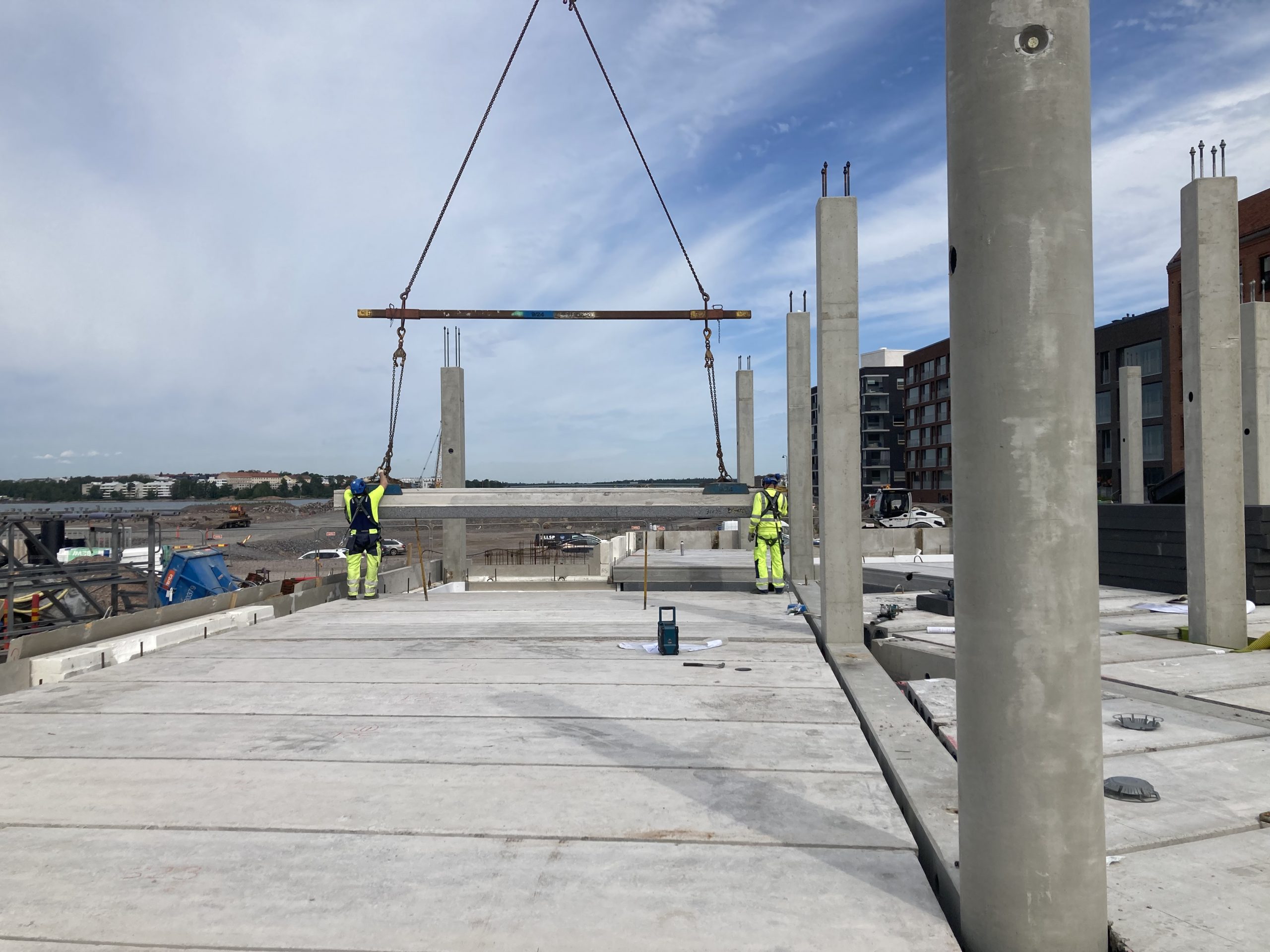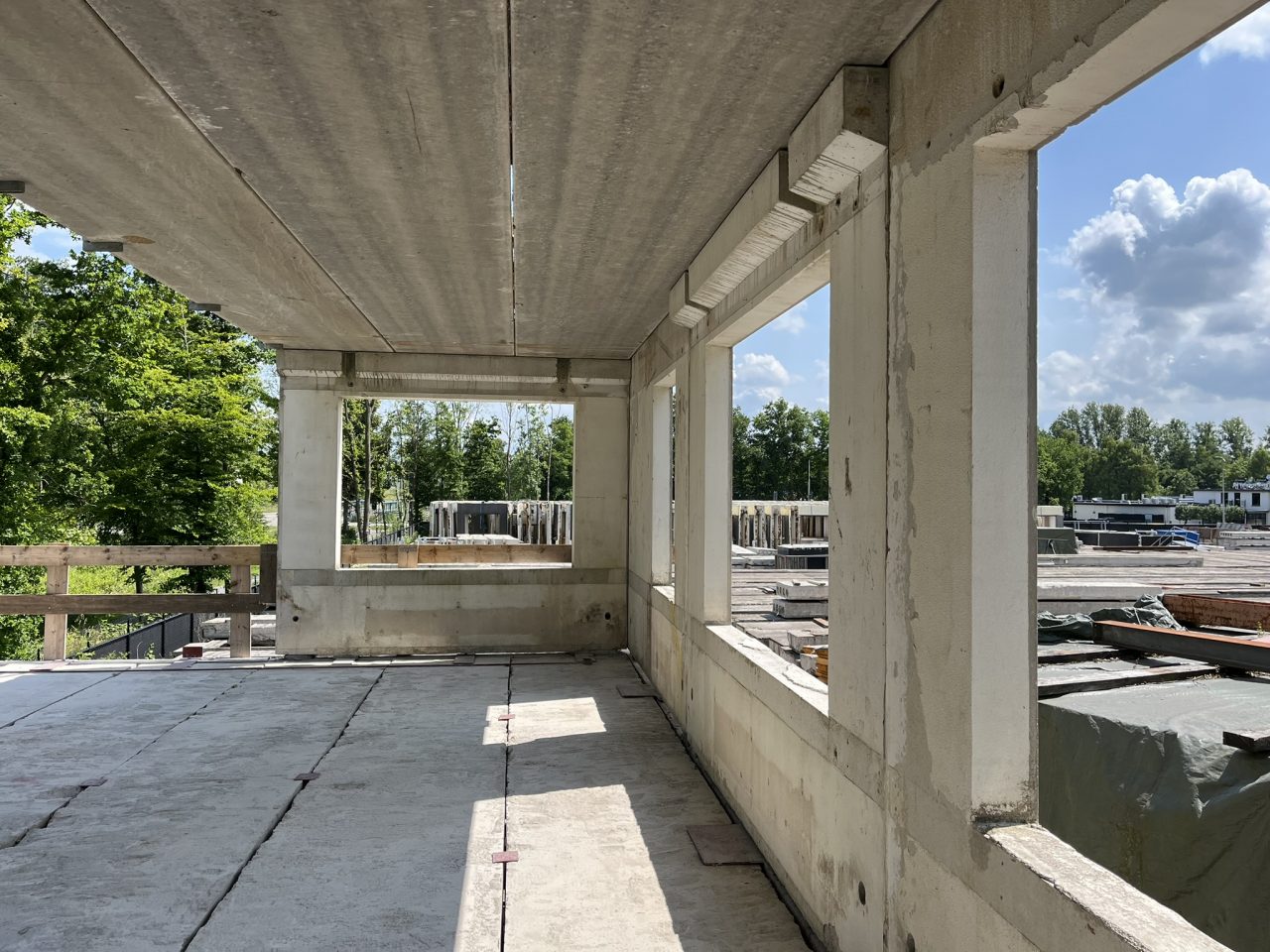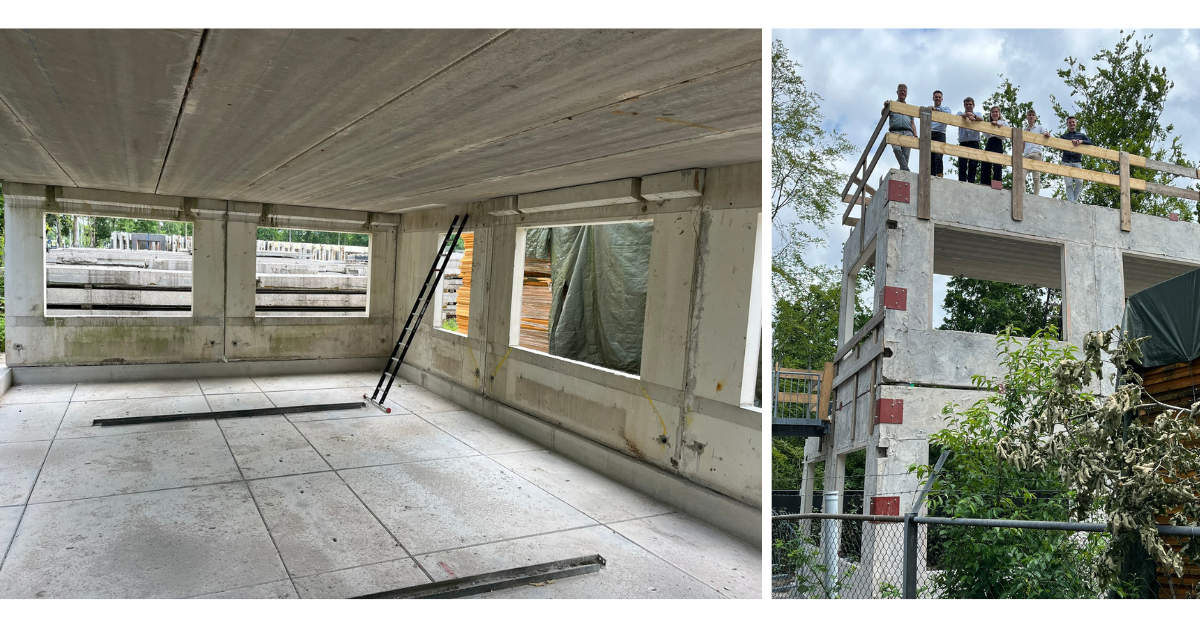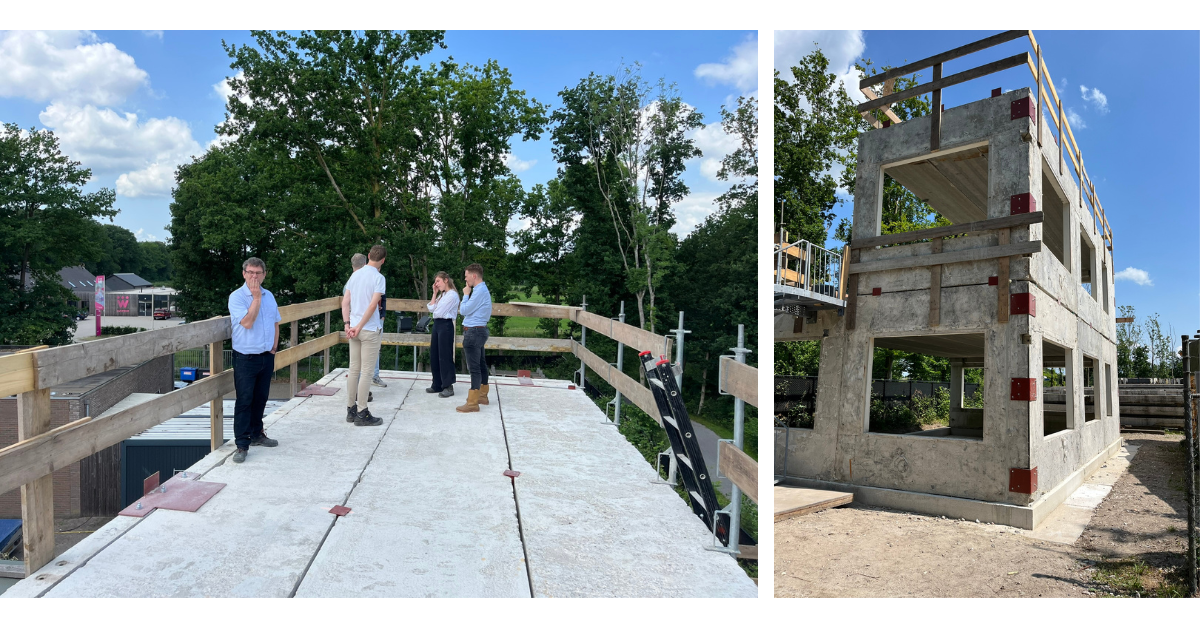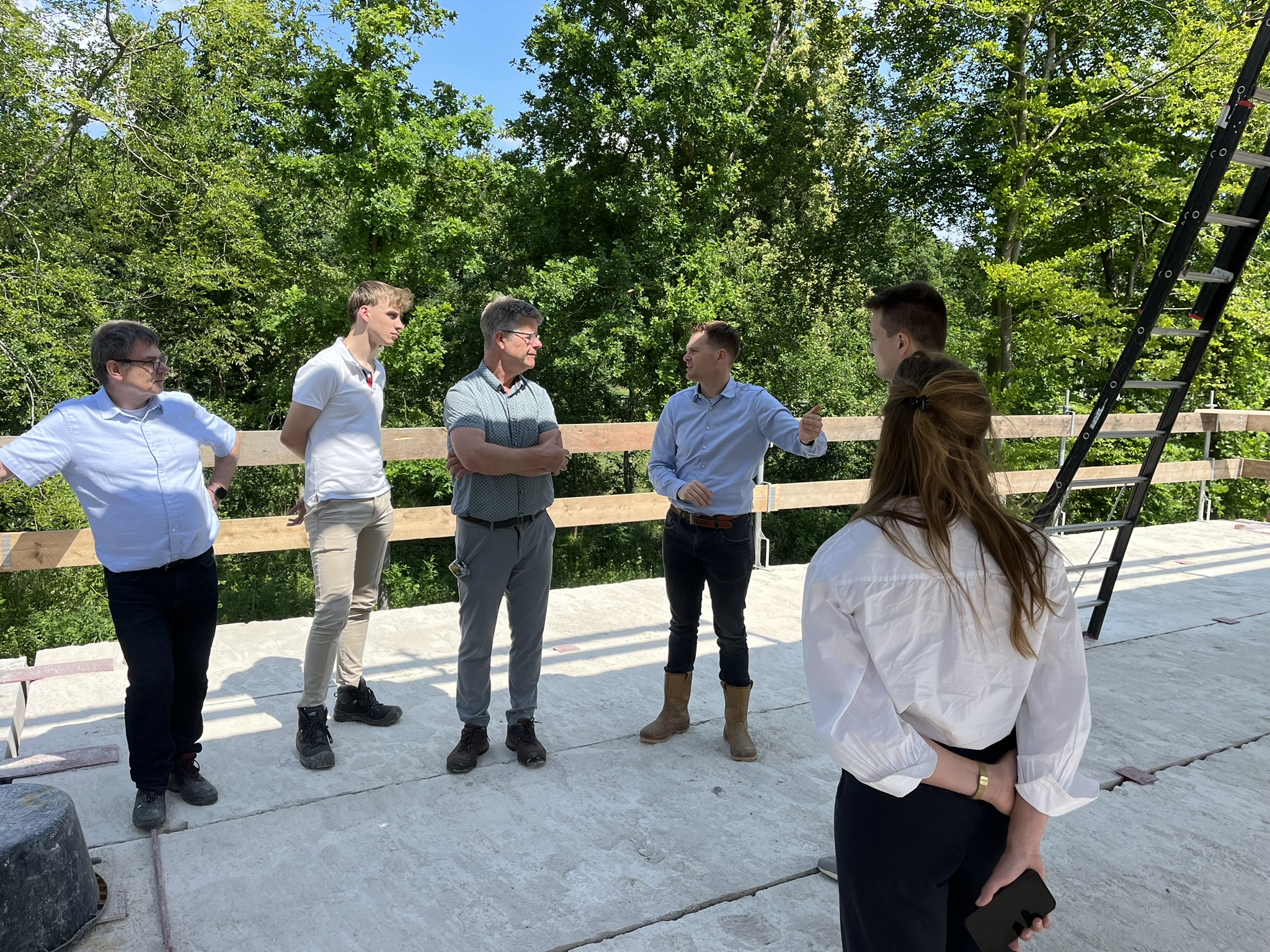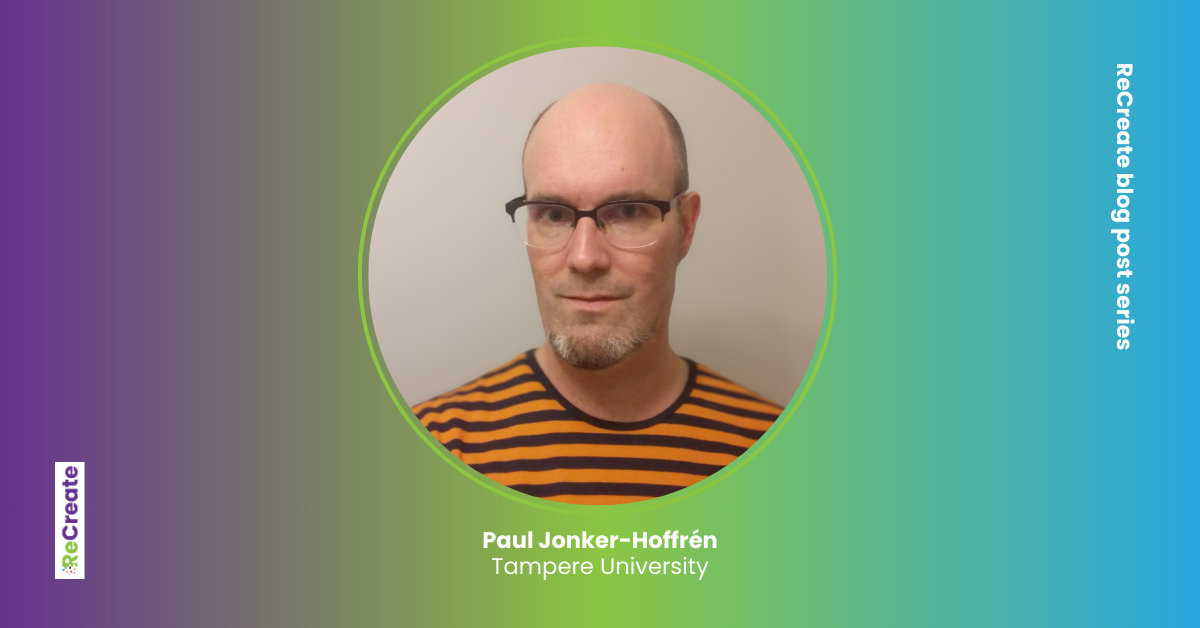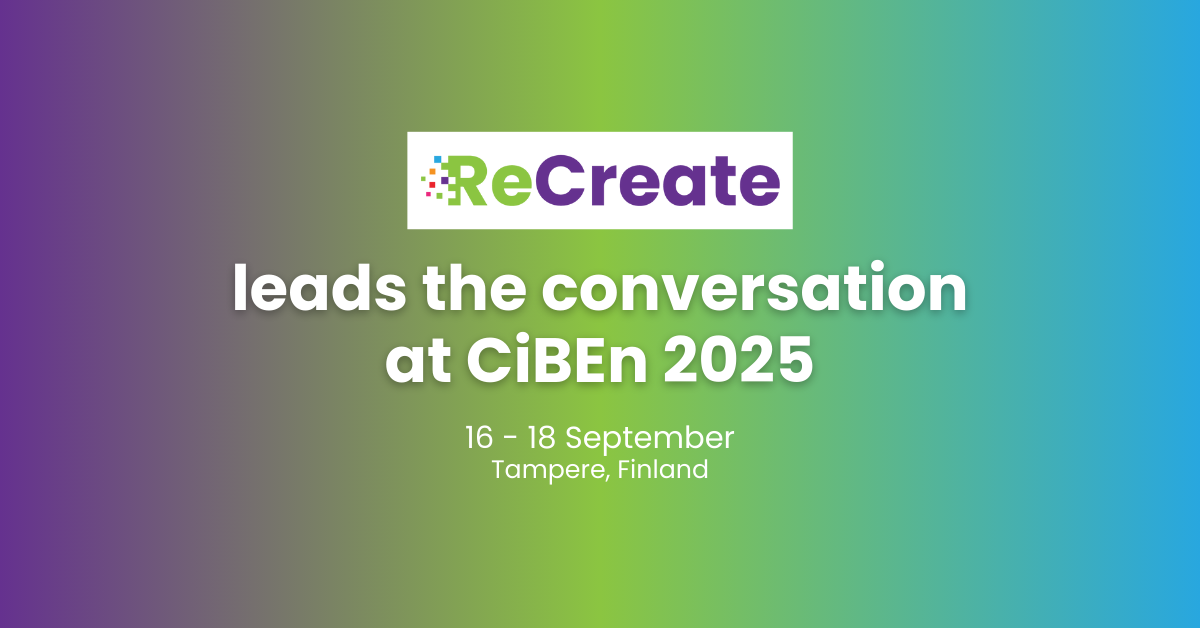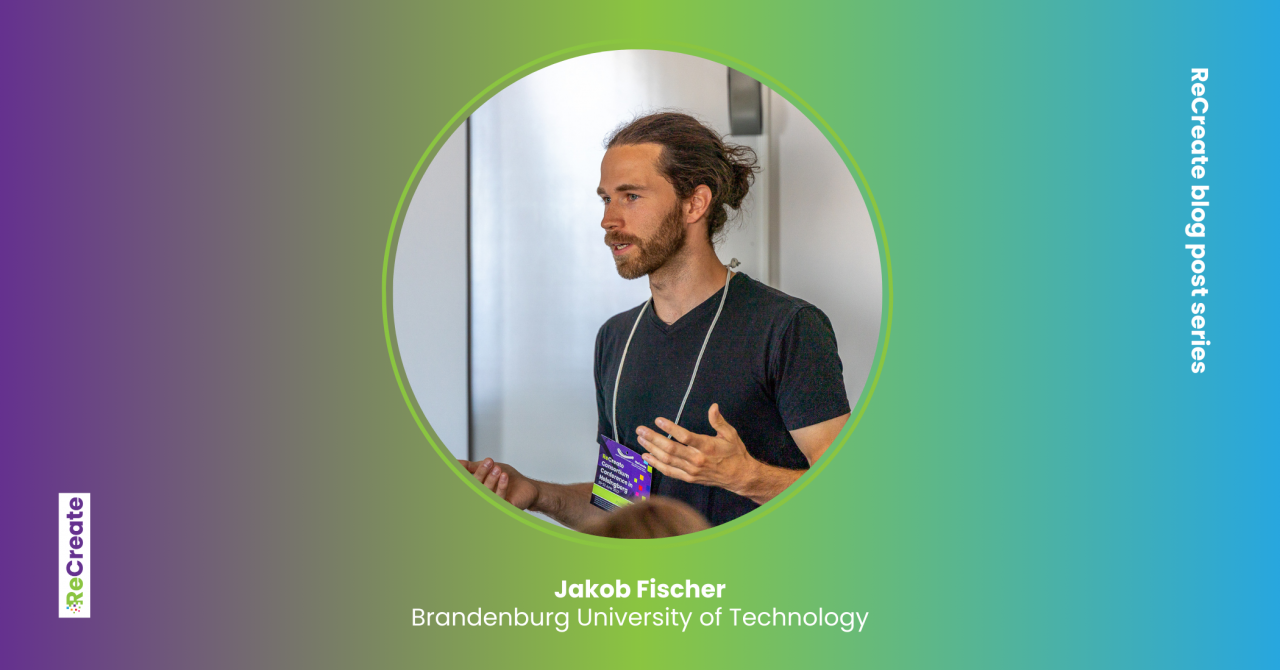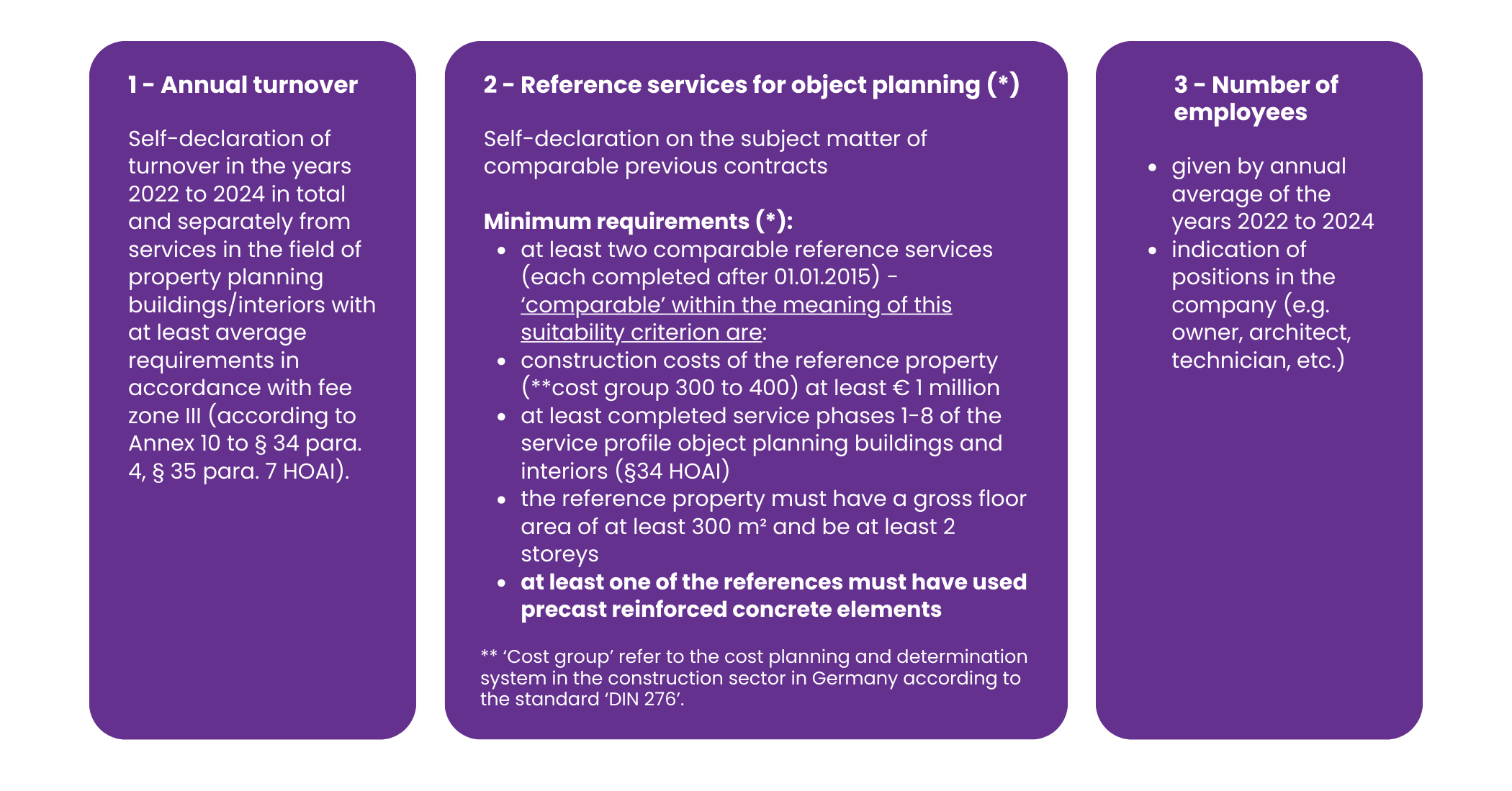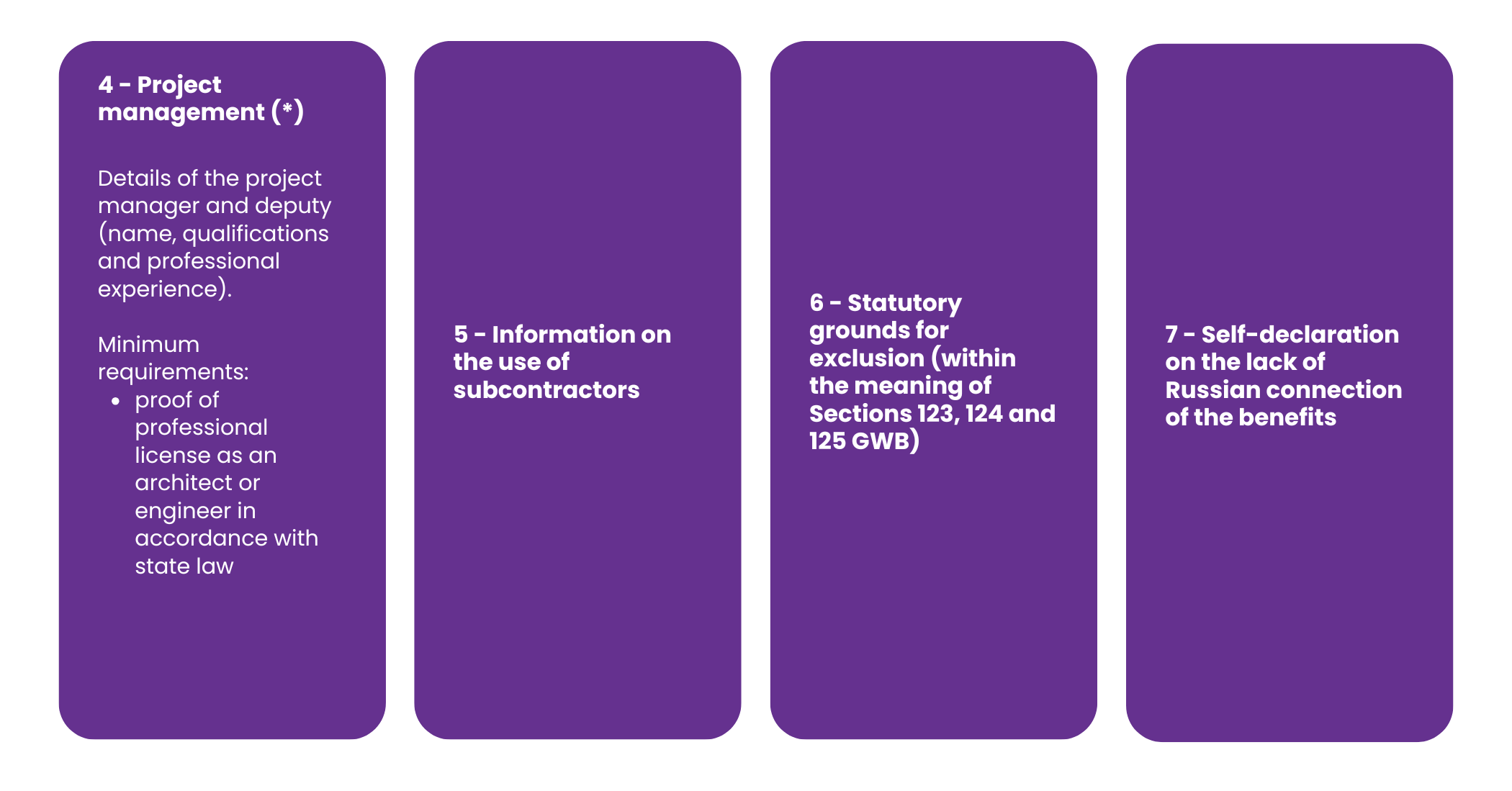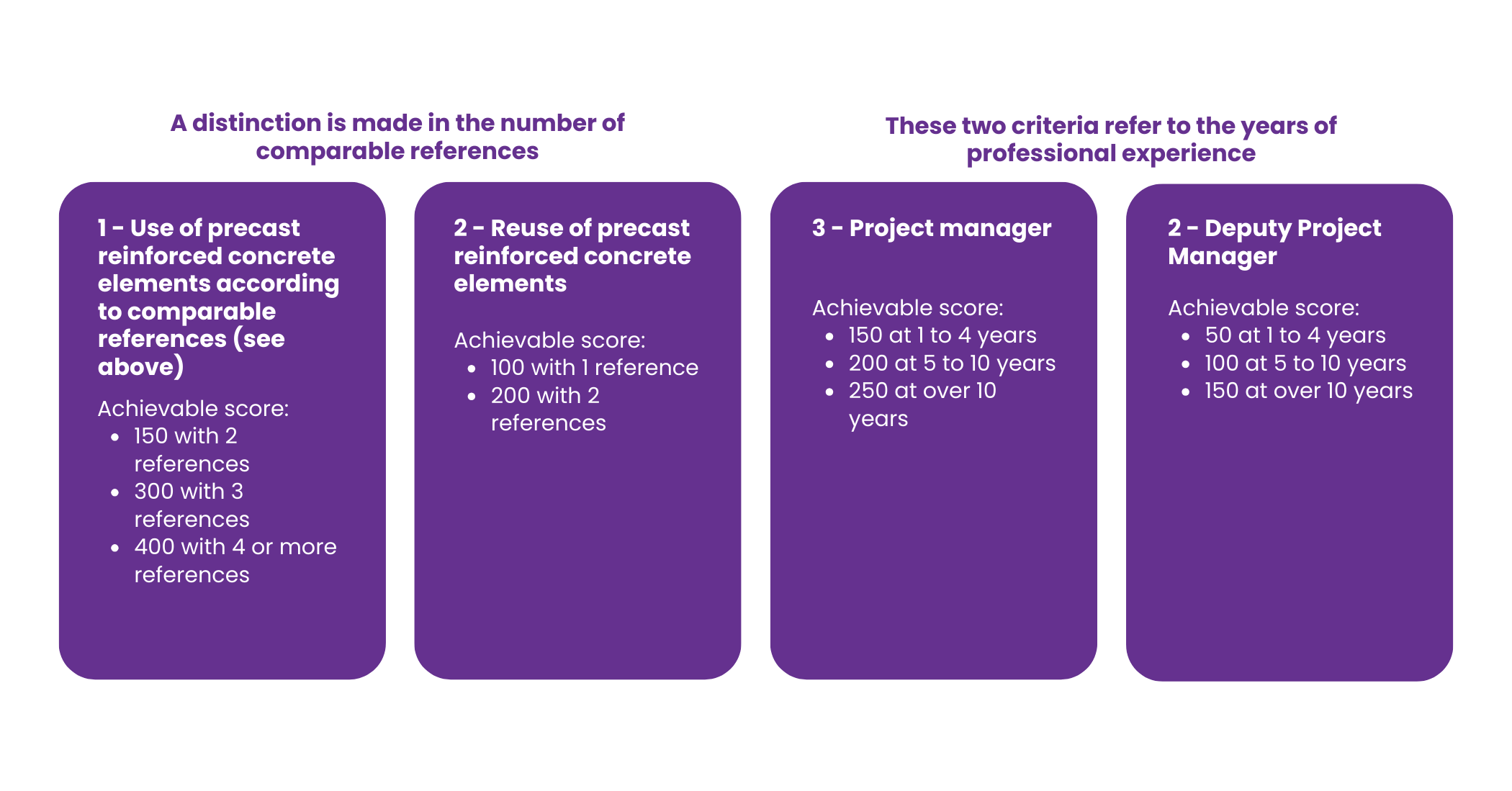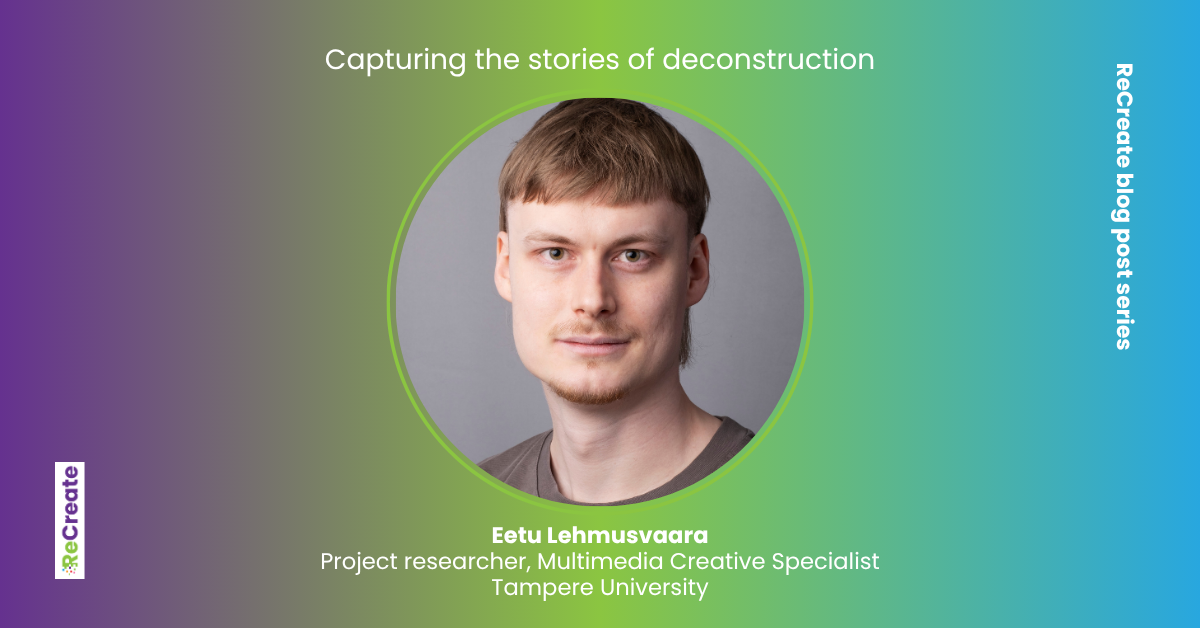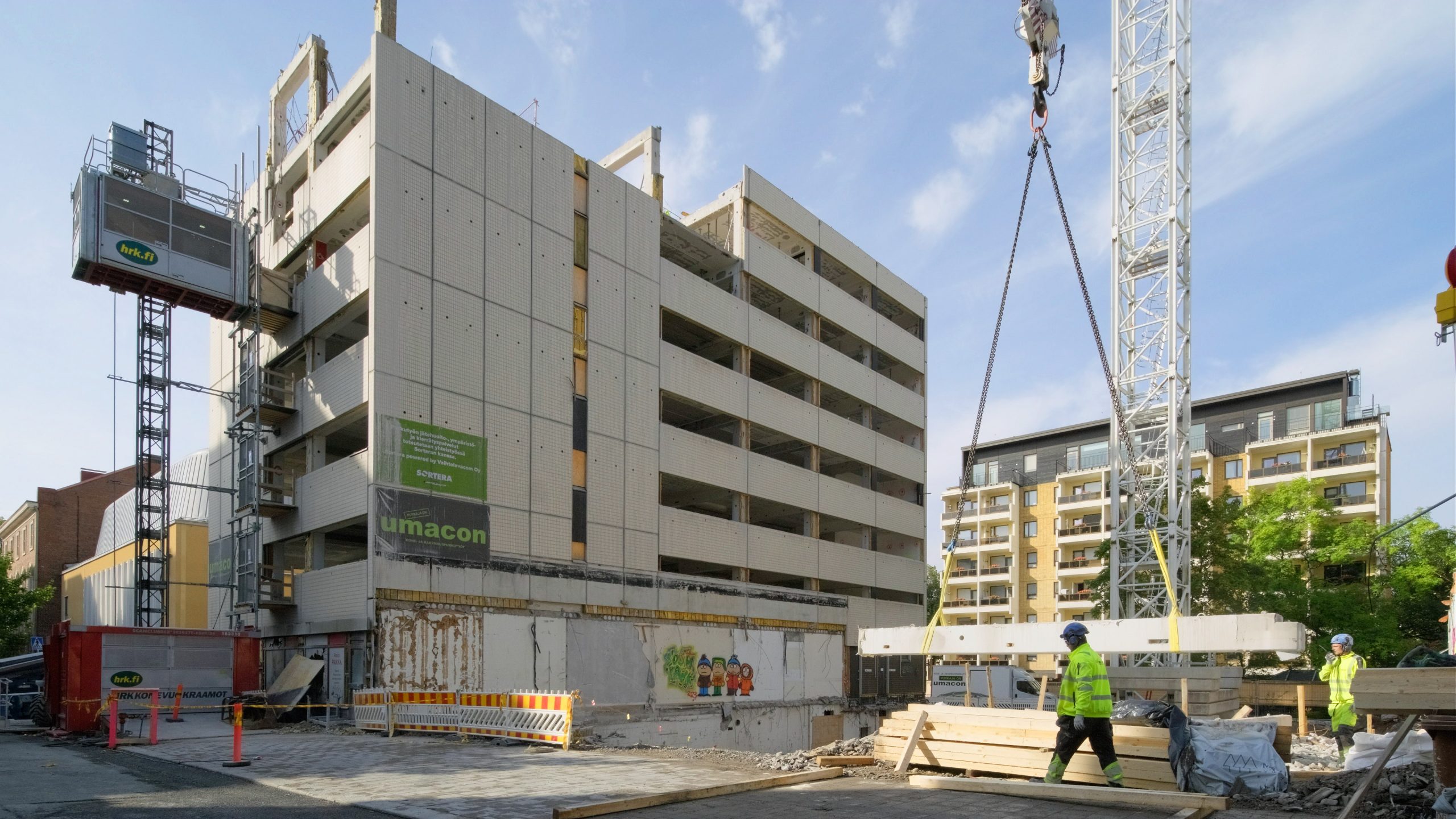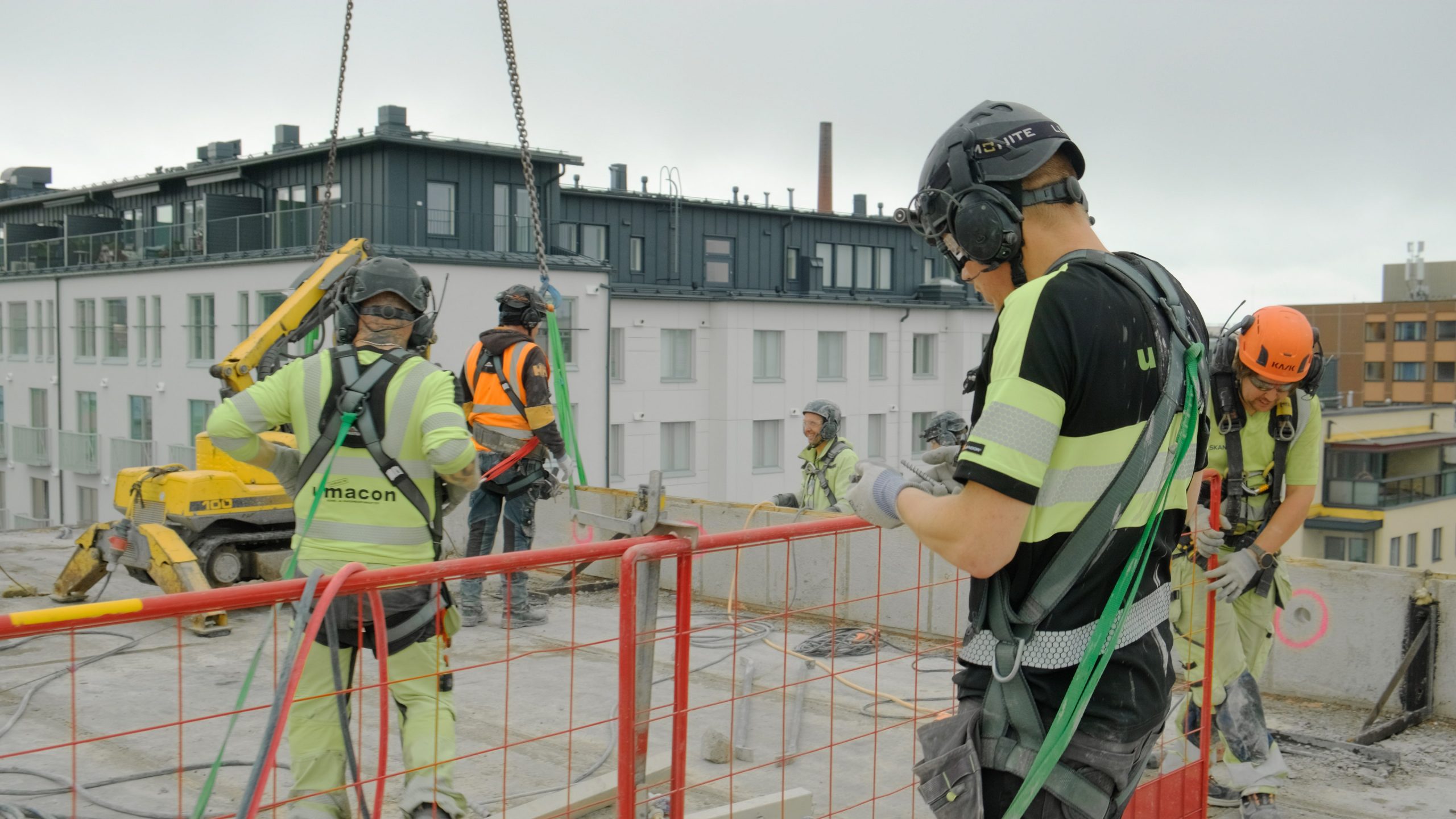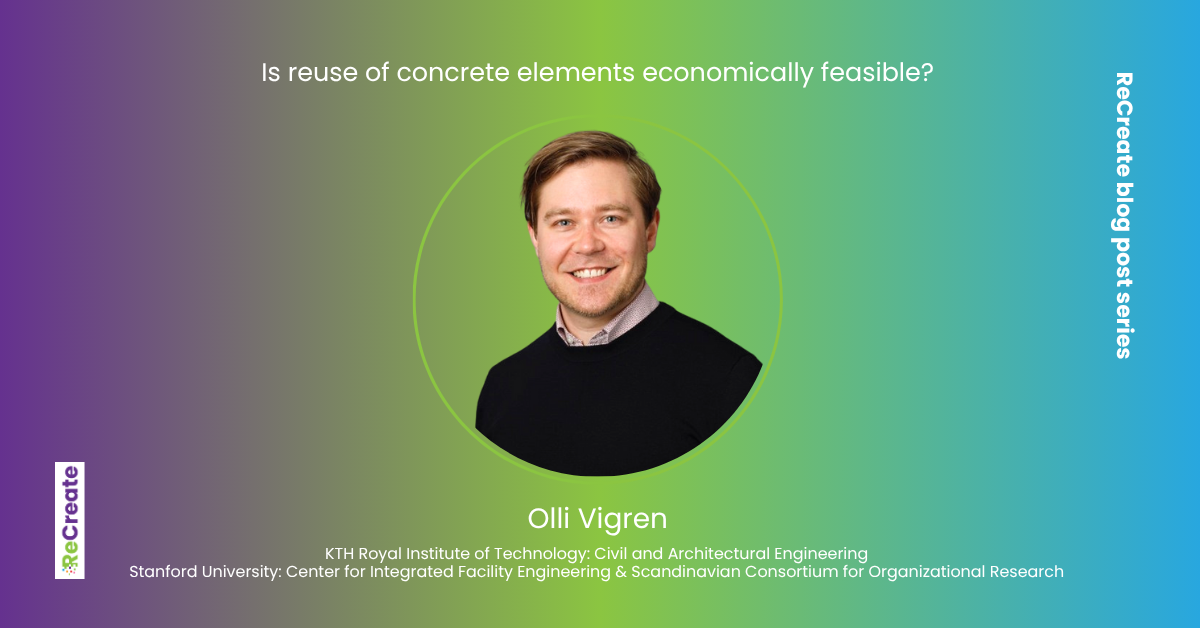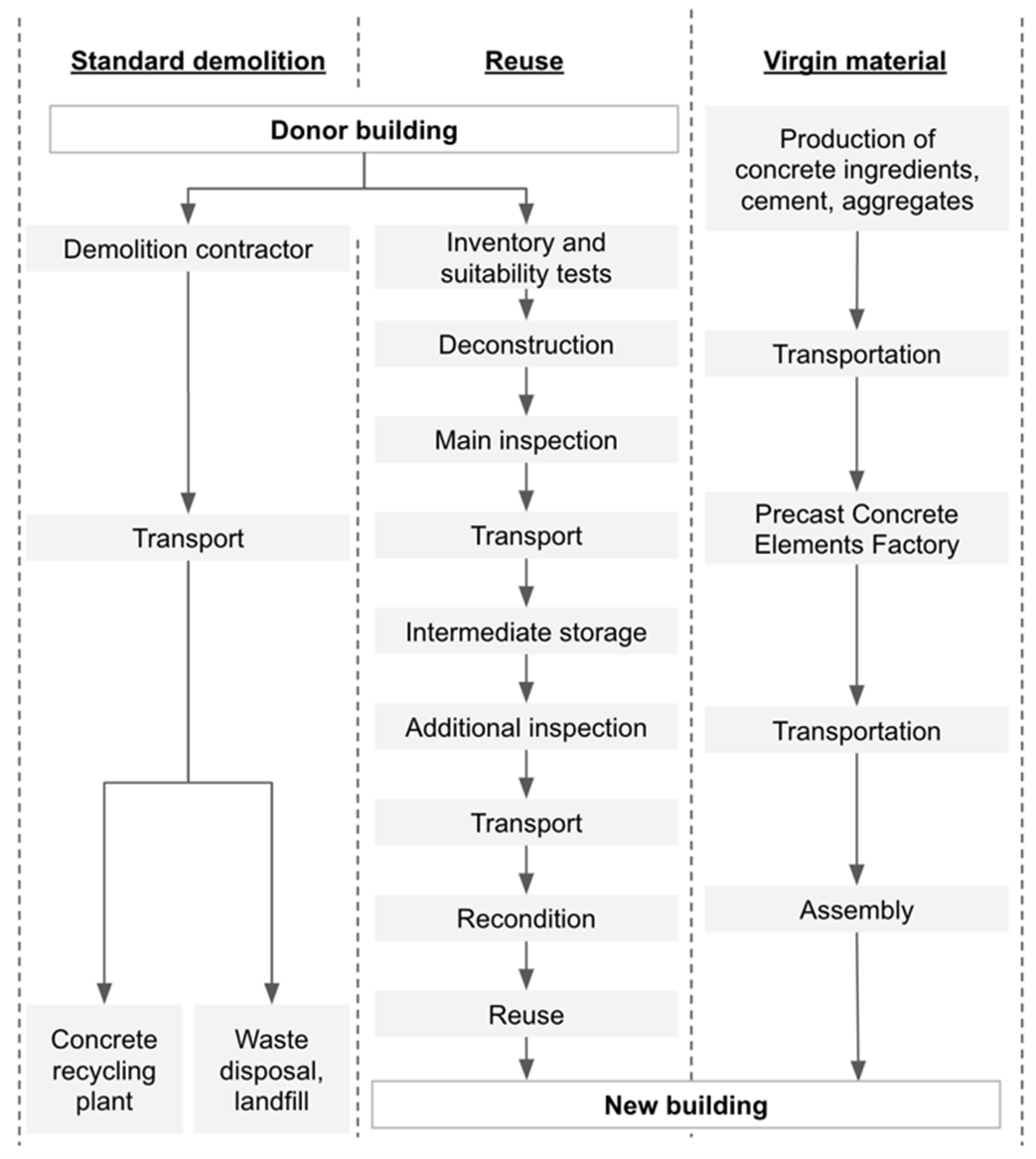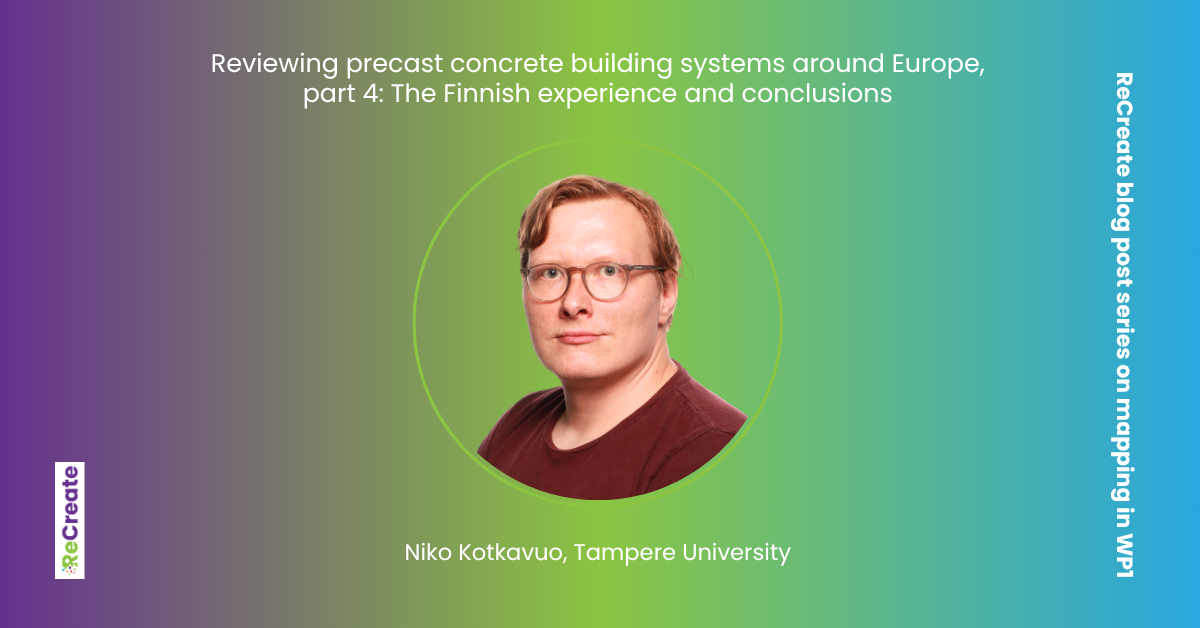Matias Pajarre, Tampere University
In the ReCreate project, groundbreaking work has been done in researching the technical, societal and economic feasibility of concrete element reuse. But still, it is also good to remember that we are not alone on this mission and there is a lot we can learn and have learned from others, both unconsciously and through intentional imitation. This topic might not seem attractive at first as imitation as a concept is often frowned upon and we tend to have a strong preference towards novelty, but this is exactly the reason why it might be good to stop to think about its importance.
How often is something entirely new in the first place? Innovation and imitation can be seen as two ends of a continuous spectrum where almost everything we do has an innovative element and an imitative element. For example, airfryers are a relatively novel product category that takes an existing technology such as convection ovens but brings novelty with a new form factor. In almost everything “new” we do we can see that we are just adding a varying degree of novelty to an existing product, process, technology or even capabilities.
Because of this, it is interesting to highlight the learnings we have received from others. In the interviews conducted for the WP7 research, many ways can be seen how existing knowledge from other fields and situations has helped us towards our circularity goals in ReCreate and also in a wider context. Here are some of them:
People transferring their previously learned skills to new situations
Even though the demolition workers deconstructing the Finnish pilot building were faced with a new challenge, they had already gained valuable experience from a different situation: disassembling paper machines. Because of this, they had developed important skills needed for the careful disassembly process without breaking the elements and the right attitude for the task.
While this is a relatively simple example, it highlights the way some fundamental skills can be transferred to surprising new contexts also for the benefit of sustainability. Especially in an era where the industry borders are expected to vanish when circular value chains start flowing more and more across companies of different industrial fields, there could also be much wider potential for widely applicable circular economy skills than just deconstruction work.
People carrying ideas across industries
While having widely applicable circular work skills might make work easier in diverse situations, it is also ideas and knowledge that can be useful across various fields. We have talked about how some companies and entire industries have been renewed by people arriving from different fields, sometimes with lots of experience on how things could be done in the ways commonly used in their previous work areas. This, in a way, echoes the long-known facts that more creative outputs are more likely from work teams with diverse backgrounds and individuals with knowledge from multiple fields.
Developing novel technologies and ways to use them
When new technologies arrive to the market, different trajectories and cases of exaptation can be seen where new use cases are found, both close and from the existing ones as the technological development advances. For example, drones are a technology originally developed for military purposes, but they are being adapted for many new tasks in different fields. In ReCreate, their potential for scanning tasks has been discussed.
We have also had talks about the prospects of using robotics and automation for various tasks in deconstruction work. The technology is already being developed for a similar task. Recovering elements from steel buildings has been noted to be much easier due to the connection types and indeed, robots are being developed elsewhere for that purpose. For concrete elements, however, the consensus in our interviews has been mixed so far with a fair amount of skepticism.
Despite the evident challenges in the automation of deconstruction, it is interesting to see what the future holds. A major technological change has already happened globally after these interviews with the way AI technologies have exploded in performance and popularity. I cannot tell if the development of AI will bridge the technological gap here, but we can certainly hope and keep our eyes open in case someone will come up with an innovation that could become a solution to some of our problems.


